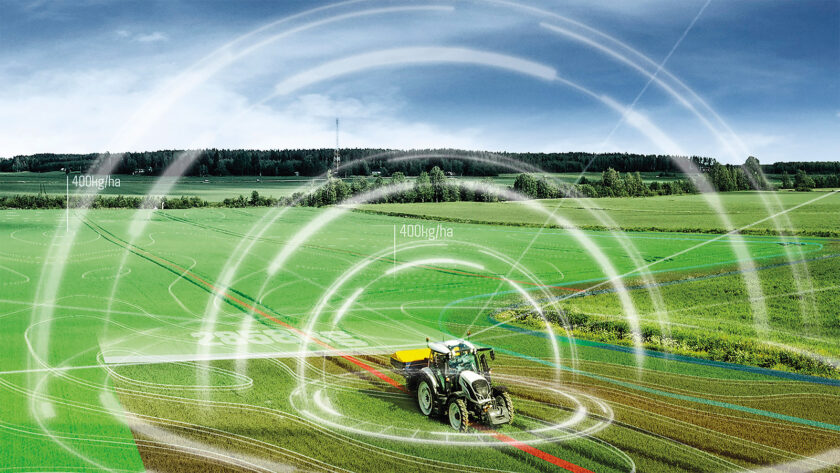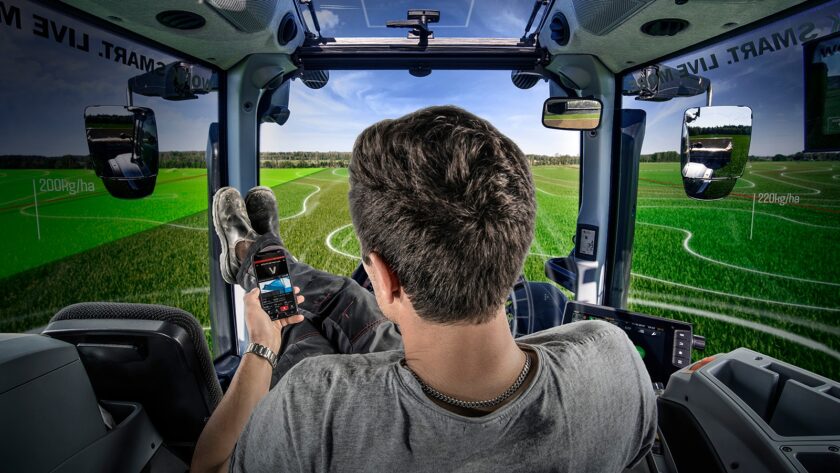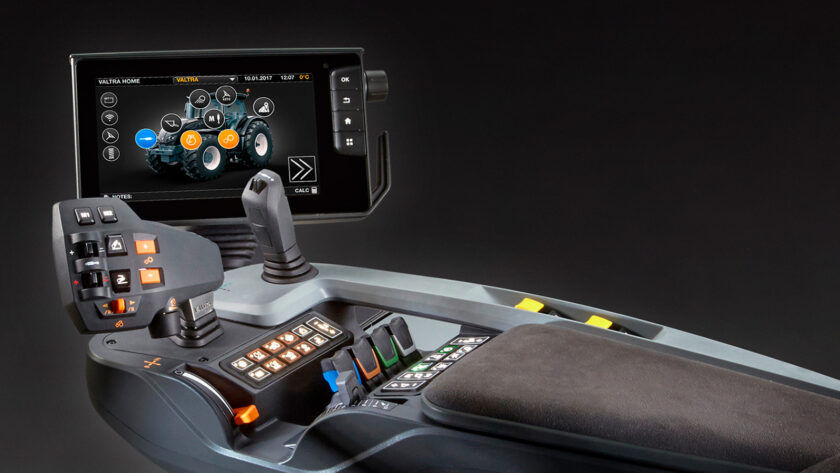
One of the main challenges any industrial sector faces when producing goods for mass consumption lies in the need to teach potential customers how to fully utilize the functional capabilities of those goods. This challenge becomes more complex as the commercial offerings become more technologically advanced. An example of this can be seen in the digital features offered by the latest generation of tractors, which are capable of operating with high levels of automation and autonomy, provided that users know how to program them and appropriately manage the human-machine interfaces in the cabins or remote connections when available.
This is where the famous problem arises
And this is where the famous problem arises. Although every manufacturer strives to make their interfaces as intuitive and user-friendly as possible, it is also true that operators often face difficulties—whether due to age, educational background, or personal characteristics—when confronted with onboard electronics. As a result, the available functionalities are often underutilized or not used at all. This is a common issue for all manufacturers, and it cannot be resolved through the traditional user manuals, which are themselves now digitized, nor through the limited information provided to operators during the tractor’s delivery. In reality, specific training sessions are needed, and for some time now, Valtra dealers have been organizing these, utilizing their own personnel or specialists from the company.
Valtra: personalized training courses

Those who purchase a Valtra can benefit from actual training courses, which in some cases can even be customized, meaning that each operator learns to manage the machine in functions that pertain to their specific equipment and tasks. Notably, this activity is not confined to the machine’s delivery phase but develops continuously over time, thanks to ongoing dialogue between dealers and customers. Essentially, Valtra owners are never left alone; they always find appropriate answers to their questions, and over time, they acquire new skills that enhance their professionalism.
Moore’s Law

According to Gordon Moore, co-founder of Intel in 1968 along with Robert Noyce, the data processing capacity of a microchip, measured in terms of the number of chips, doubles every 18 months. This means that today’s control units will be surpassed by ones four times more powerful within three years. However, this does not mean that progress should be rejected or investment postponed. On the contrary, this reality should serve as motivation to choose the product best suited to one’s needs and then learn to fully exploit its capabilities. Once the machine is working at its full potential and its capabilities meet the operator’s needs, it will hardly matter from an operational standpoint if more advanced machines appear on the market.
Title: Valtra, personalized technological training
Translation with ChatGPT







